When looking through popular sports app ESPN, the “Top Headlines” section of the page is centered around male sports. Women’s professional sports teams such as Seattle Reign and Seattle Storm will most likely not be found in these sections.
The Seattle Reign professional women’s soccer team has a world caliber lineup, as many national team players don a Seattle Reign jersey. United States national players such as midfielders Megan Rapinoe and Allie Long—who have won multiple World Cup, Olympic and tournament championships—have contracts with the Reign.
Stephanie Catley and Lydia Williams both play for the Australian national team, Theresa Nielsen plays internationally for Denmark, Jodie Taylor plays for the England national team, Elizabeth Addo plays for Ghana, both Nahomi Kawasumi and Rumi Utsugi play for Japan and Jess Fishlock plays for Wales.
The Seattle Reign is currently sitting at number two in their conference standings at 17 points, just behind the North Carolina Courage who is at 26 points. Other teams in their conference include Orlando Pride, Portland Thorns FC, Houston Dash, Chicago Red Stars, Utah Royals FC, Washington Spirit and Sky-Blue FC.
The Seattle Reign has had successful seasons in the past as they battled their way to two conference championships in 2014 and 2015 as they claimed two consecutive NWSL (The National Women’s Soccer League) Shields—which is awarded to the team with the best regular season record in the NWSL.
The NWSL is broadcasted on the Lifetime network. Lifetime network, has a significantly lower viewership when being compared to top-rated sport networks such as ESPN, ESPN2, FoxSports and NBCSports. Lifetime network is a networking station that primarily airs TV dramas such as Greys Anatomy and soap operas—this network station has no sport broadcasting background. Browsing through the NWSL broadcasting schedule, there are a select few games that have scheduled time to appear on some of the sports-centered channels such as FoxSports, but there only a few.
Seattle University Women’s Soccer forward and redshirt junior, Isabelle Butterfield expressed her thoughts on the low media attention that these local professional sports get.
“As somebody that doesn’t consistently watch Sports Center and somebody that doesn’t frequently attend sporting events as a spectator, I tend to rely on highlights in the news or on social media on the significant local sport teams,” Butterfield said. “I would expect to see and most appreciate seeing highlights of the teams that represent our city well and with athletes that compete at the highest level, such as in the Olympics or the World Cup. I’m surprised and disappointed that not all of these athletes and teams are represented as they deserve to be.”
The Seattle Storm professional women’s basketball team kicked their 2018 season off on May 8, starting off strong with a 5-1 winning record.
Seattle Storm also has national level playing basketball players: Breanna Stewart, Sue Bird, Crystal Langhorne, Jewell Loyd and Kaleena Mosqueds-Lewis have all at one point in their careers put on a USA jersey.
The Seattle Storm has made a WNBA post-season run 12 out of their 17 seasons in Seattle. The Storm has also won two championships, winning titles in 2004 and 2010.
The WNBA released the 2018 national broadcasting schedule. ESPN networks have agreed to air only up to 13 regular season games.
Seattle U Women’s Basketball player, junior Madeline Dopplick expressed her opinion on the matter.
“As a female basketball player, I do see the Storm in a lot of media but that’s just because of certain accounts I follow on social media and things like that. However, I can’t say I’ve ever seen the Reign on any media platforms,” Dopplick said. “To be completely honest, I wasn’t even aware the city had a professional women’s soccer team.”
“I think the lack of media exposure for both teams exposes the city of Seattle and even the United States as showing this image of standing for social equity on the surface…Yet, underneath it all, the actions don’t match up to the words,” Dopplick said.
Dopplick also explained her thoughts on the economic side of this debate.
“Narrowing in on the national level, it comes down to the entertainment factor. Being that the US is a capitalistic and consumeristic society, if something doesn’t make money, then it’s not highlighted,” she said. “Men’s sports to the general public who truly don’t understand the game get more attention, meaning more money. It’s unfortunate and of course I believe the women in these fields deserve way more recognition than they’re getting now.”
Many spectators can argue that the reason why these women’s sports don’t have much viewership is because there is a lack of interest. However, if there is more media coverage for some of these sports, there may be an increase in the amount of interests from spectators.
According to the University of Minnesota’s Tucker Center for Research on Girls & Women in Sport, women’s athletics receive only about four percent of all sports media coverage.
Yet, 44 years after the passage of Title IX,women and girls in the United States are playing and following sports in unprecedented numbers. 40 percent of all sports participants are female, according to the Tucker Center, and roughly one third of fans of major sports are women. The evolution of women’s sports over the last four decades has been dramatic—the media coverage, not so much.
Caylah may be reached at
clunning@su-spectator.com


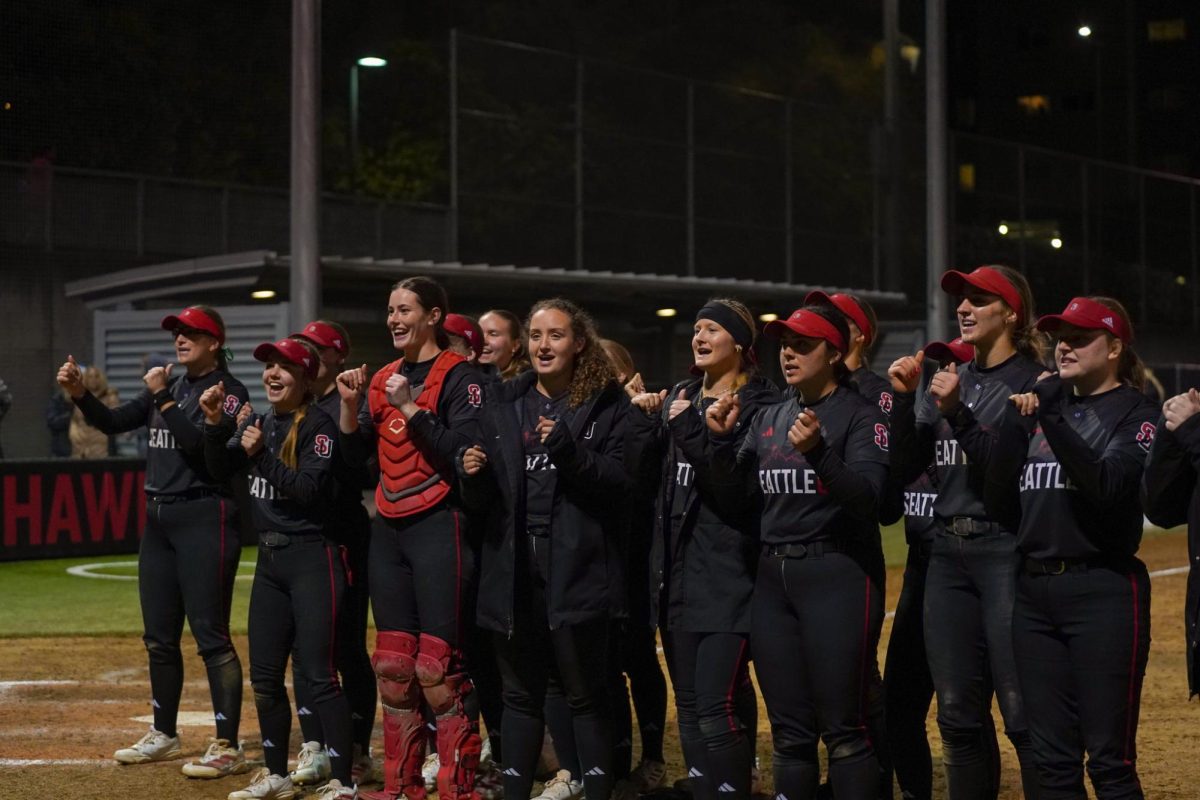
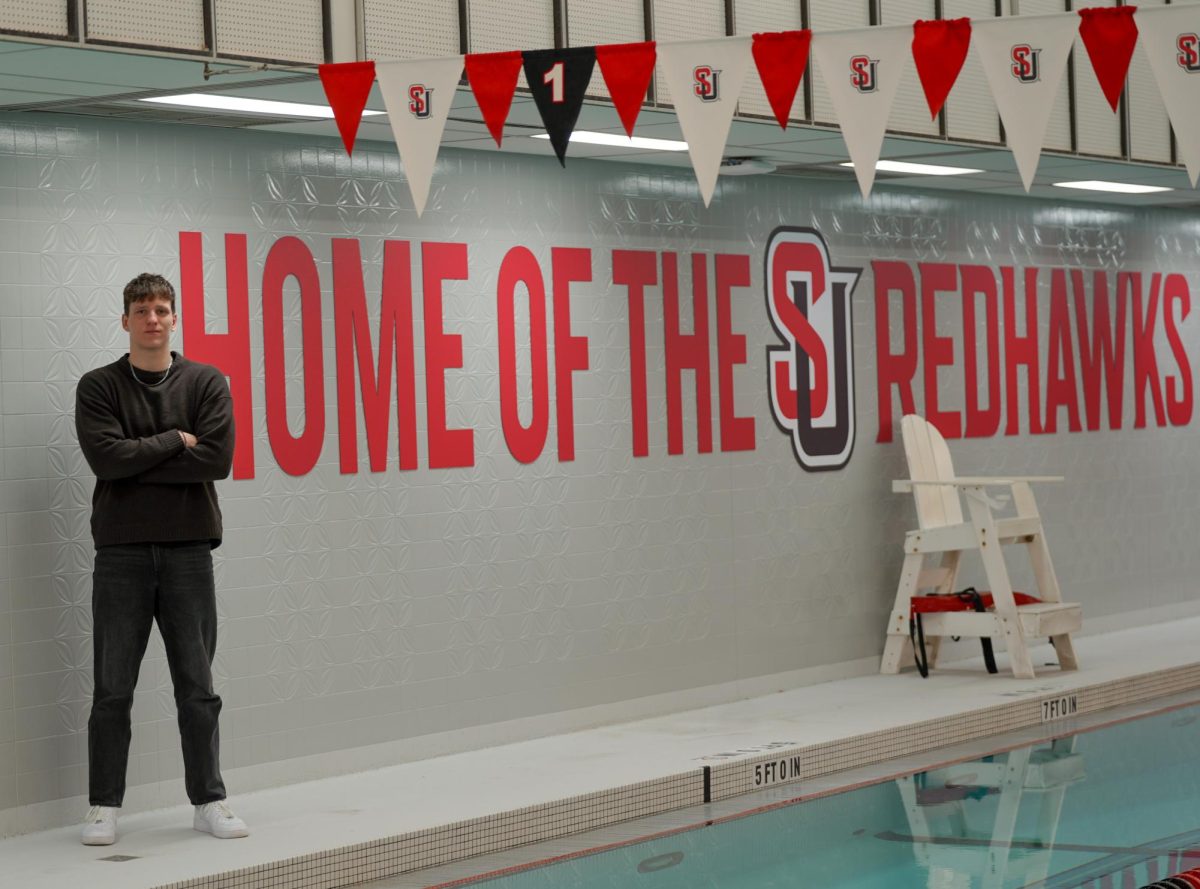
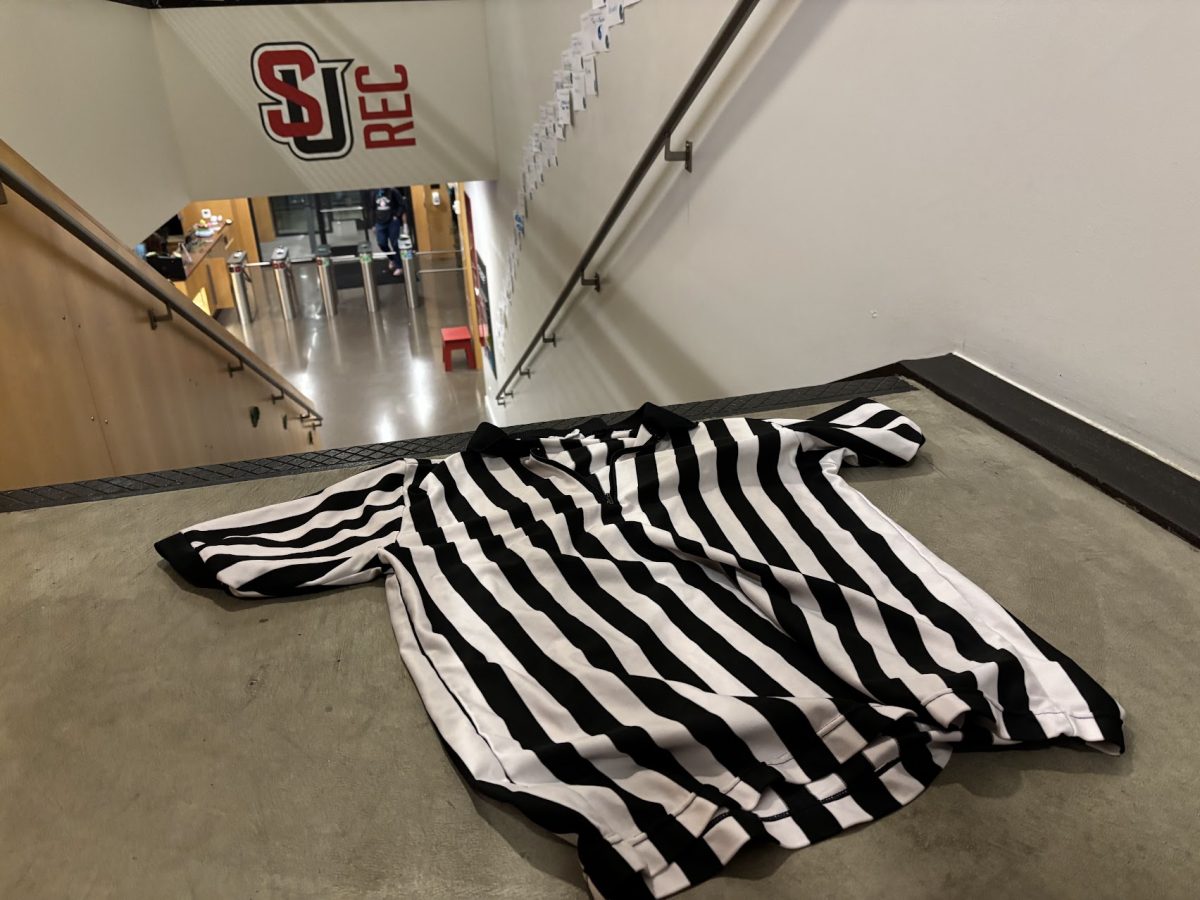
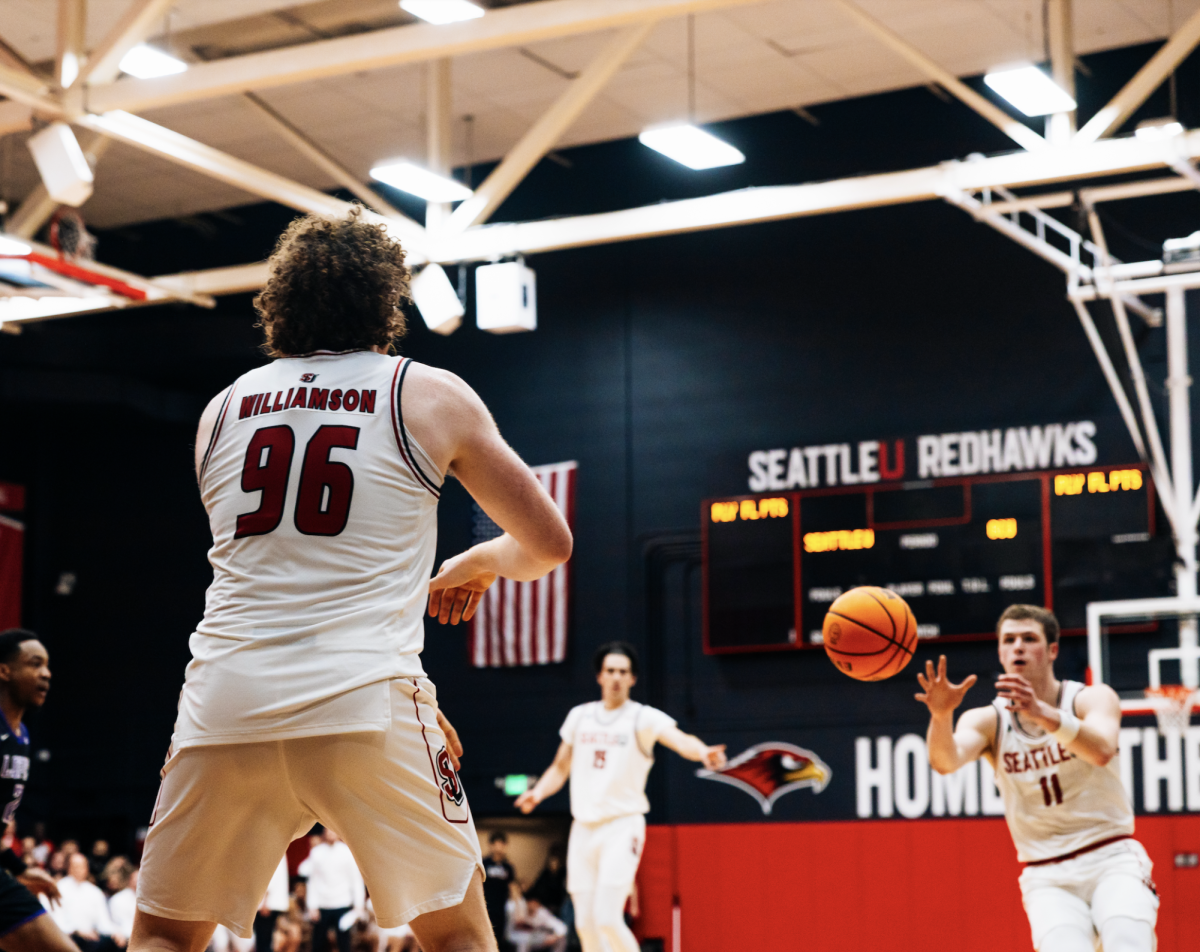
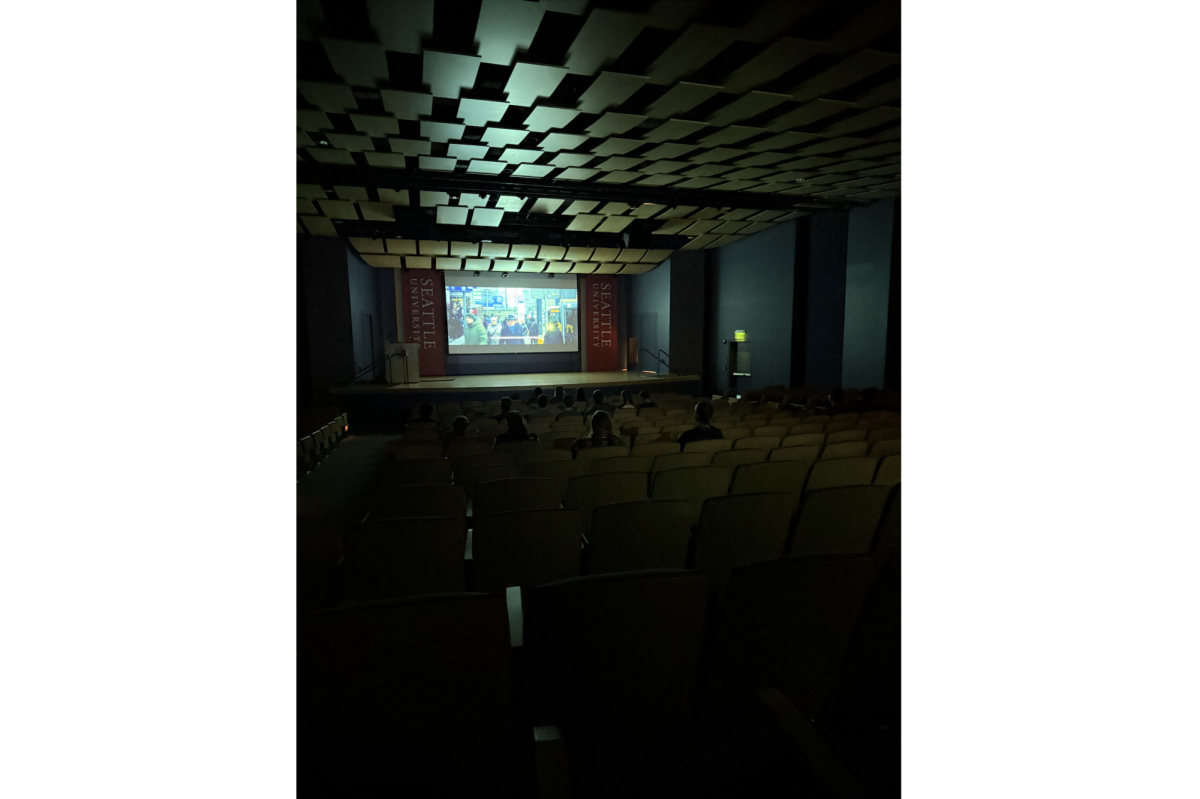
![All My Favorite Soccer Players Are Retired [OPINION]](https://seattlespectator.com/wp-content/uploads/2025/03/Screenshot-2025-03-05-at-20.37.13-1200x783.png)